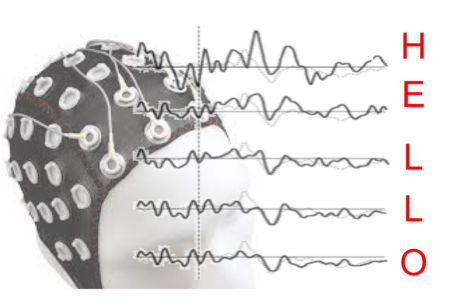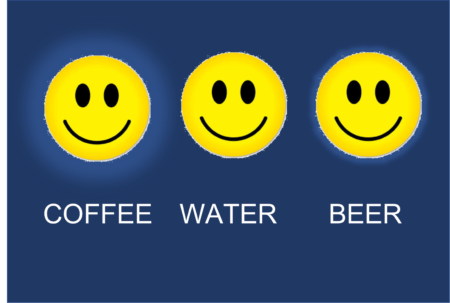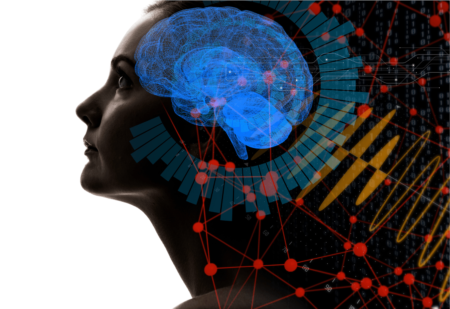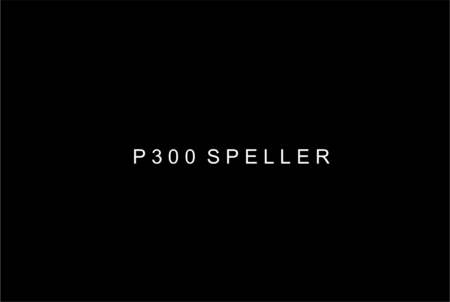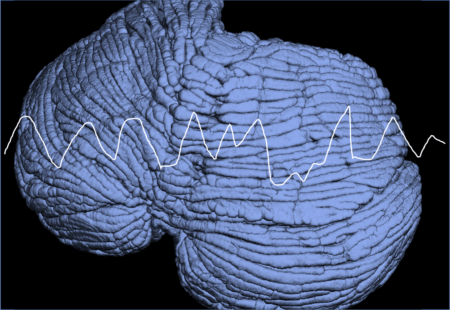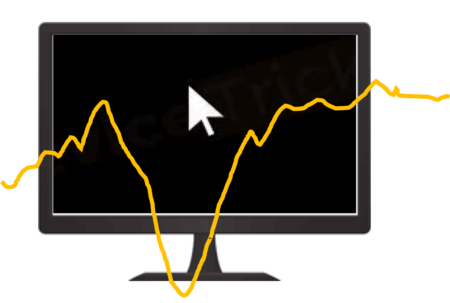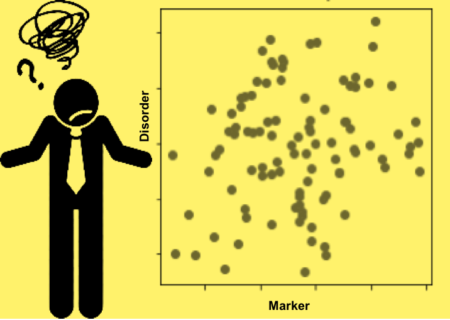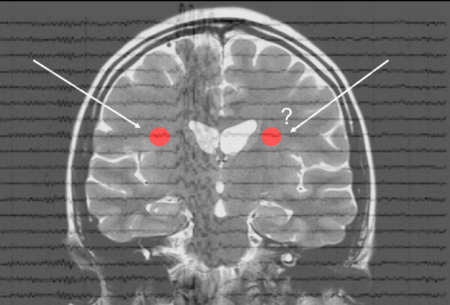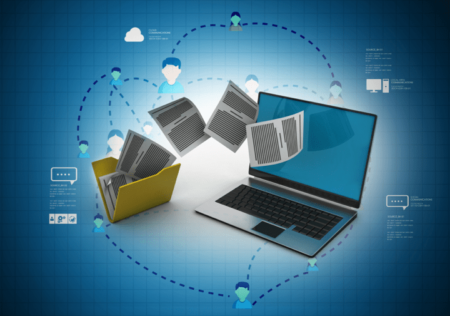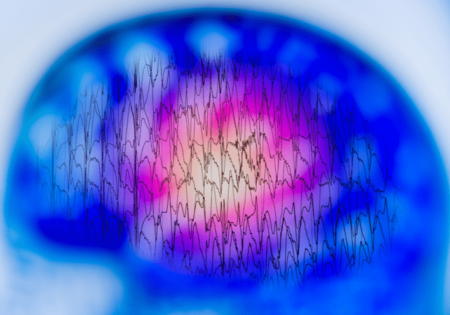SSVEP-based spellers, a common BCI application, have improved in information transfer rates over the years. In the previous post we discussed the fundamentals of SSVEP-based…
Lab Talk
BCI Using Steady State Visual Evoked Potentials
Steady State Visual Evoked Potentials uses different frequencies of visual stimulii to distinguish between objects in BCI applications and have relatively high information transfer rates….
EEG in Neurological Disorders
EEG has fallen short in its utility in the diagnosis and monitoring of various neurological disorders from ALS and MS to even Epilepsy. Why is…
Implementations of the P300 BCI Speller
The P300 speller is a common Brain Computer Interface (BCI) application. It has many variations designed to improve its accuracy and speed. This article outlines…
Can you measure EEG in the Cerebellum?
The cerebellum has four times as many cells as the neocortex and possible roles in everything from movement to cognition and emotion but is much…
Brain Computer Interface(BCI) with the P300
The P300 Event Related Potential or ERP is an EEG feature commonly used in BCI applications. It has some advantages but also some significant practical…
From Brain to Behavior: The Search for Biomarkers
Identifying biomarkers of neurological and psychiatric clinical conditions from brain physiology has many challenges. What is a Biomarker? The general idea of a biomarker is…
The LCMV Beamformer
LCMV Beamformers are a type of beamformer algorithm used source estimation from EEG data. In the previous blog post we saw how beamformers can be…
The BIDS Data Structure for EEG
The Brain Imaging Data Structure (BIDS) project is an effort to create data standards for accessibility, usability and reproducibility of neuroimaging data. Initially developed for…
The Fundamental Challenge of Seizure Detection in the EEG
Despite tens of thousands of publication, accurate seizure detection in the EEG remains an unsolved challenge. Here are some of the reasons why this may…

